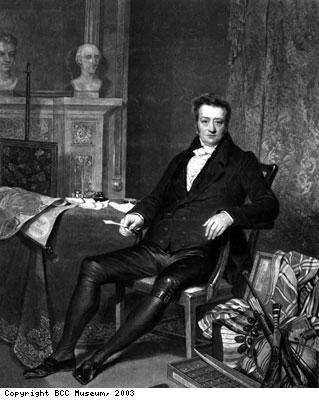How Slavery Developed
Abolition
Towards the end of the 18th century more people began to oppose the slave trade. In 1787 Thomas Clarkson, who campaigned against the slave trade, visited Bristol to collect evidence against the trade, and a local committee for its abolition was set up in 1788. In the same year some 800 people volunteered to sign the first petition against the trade. In 1791 the Member of Parliament William Wilberforce, visited Bristol to lend support to the campaign.
An opposing committee was set up, consisting of plantation owners and merchants. Petitions in support of the slave trade were presented in Parliament from this committee, the Corporation of Bristol, the Society of Merchant Venturers and the Newfoundland traders.
The British slave trade ended in 1807. This meant that slaves could no longer be bought or sold by British traders. However, Africans and their children were still held as slaves on British owned plantations.
In 1833 the Act of Emancipation was passed, this law meant that the slaves were now legally free. Children under 6 were freed. Older slaves were ‘apprenticed’ for up to six years, working for a very low wage for their old owners. Full freedom for slaves was not granted until August 1st 1838 when over 750,000 people were freed. Bristol plantation owners received an estimated £500,000 in compensation for losing their slaves (about £20 million today). Many former slaves had no option but to continue working on low wages, for their former owner. None of these enslaved people received any compensation.

 Bristol’s merchants
Bristol’s merchants Examples of cargoes
Examples of cargoes Abolition
Abolition Rebellion
Rebellion Sugar Plantations
Sugar Plantations African heritage
African heritage The voyage
The voyage ‘Buying’ the slaves
‘Buying’ the slaves Bristol ships go to Africa
Bristol ships go to Africa Goods to trade
Goods to trade

